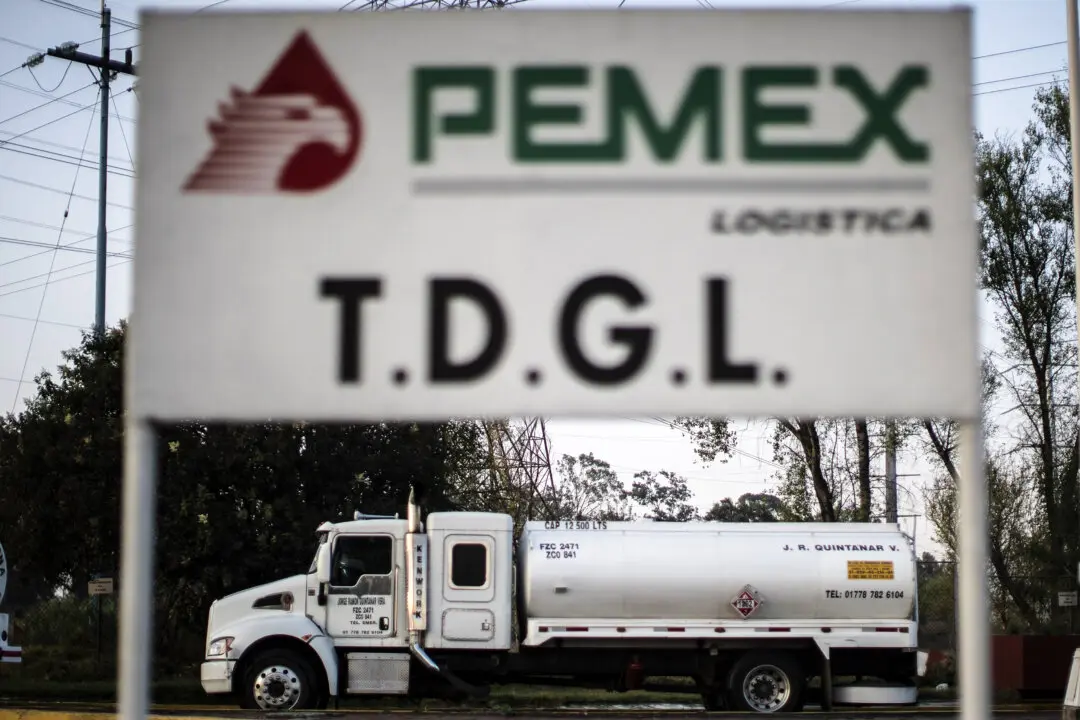Demand for lithium has spiked as electric vehicle adoption around the world grows, leading to a global shortage of the metal with spot prices for battery-grade lithium carbonate increasing more than 47 percent from the start of the year.
Battery-grade lithium carbonate in China costs around 400,000-430,000 yuan ($62,865-$67,580) per ton based on data from Fastmarkets, as cited in Reuters. The chemical element costs eight times higher than at the start of 2021. With demand far outpacing supply, there are constraints at every level of the lithium supply chain.





